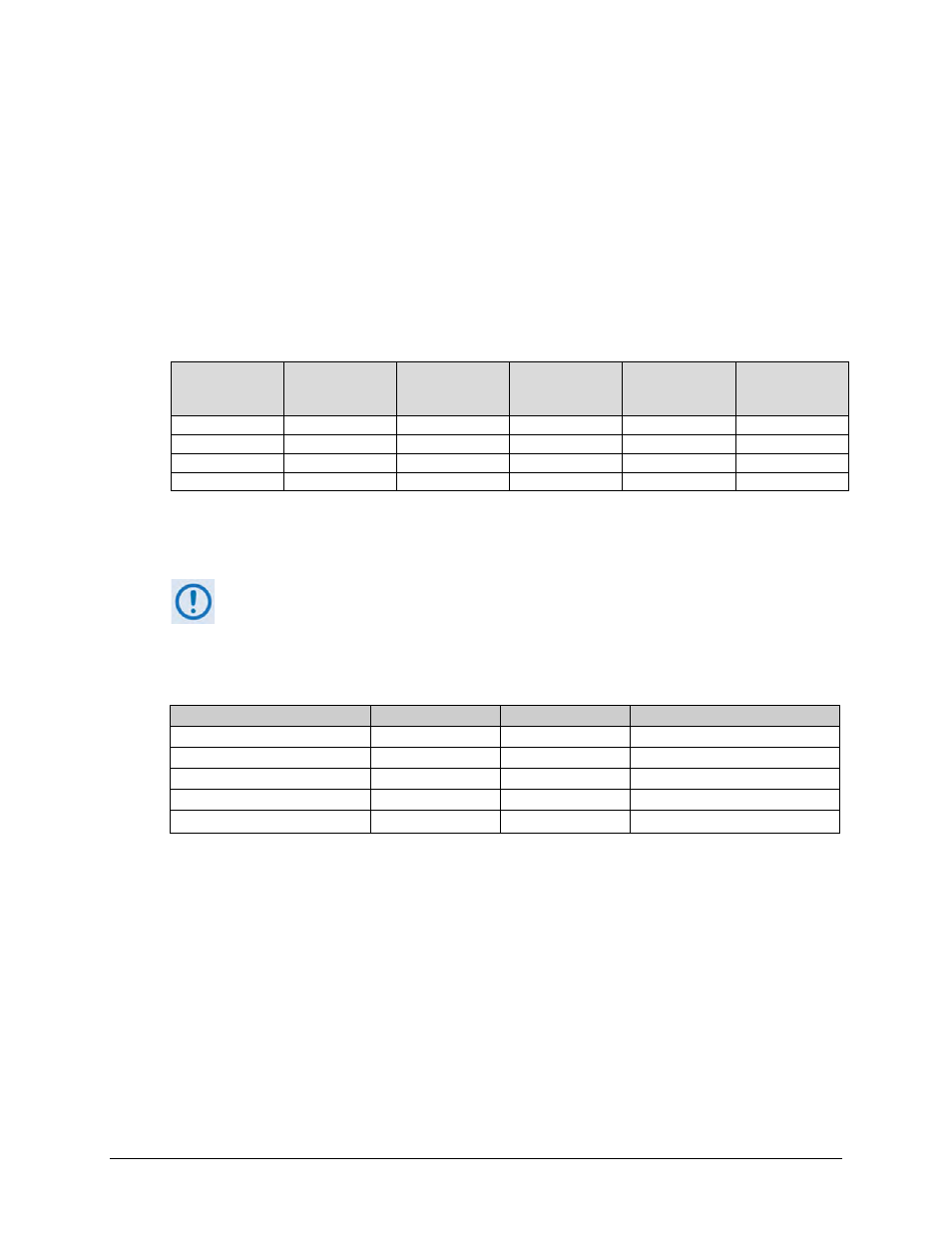L.1.3 diffserv qos mode – Comtech EF Data CDM-570A User Manual
Page 568

CDM-570A/570AL Satellite Modem with Optional Packet Processor
MN-CDM570A
Appendix L
Revision 2
L–8
L.1.3 DiffServ QoS Mode
The IP Packet Processor QoS can be set to DiffServ Mode to make it fully compliant to the
Differential Services QoS RFC standards. When the QoS mode is set to DiffServ, the system
automatically configures the rules with DSCP code points, priority values, and WRED. You can
only configure the service rate and drop precedence levels for Assured Forwarding (ASFD)
classes.
Class Selector DiffServ Code Points (DSCP) – Some implementations of DiffServ will prioritize
traffic by Class Selector assignment. This is defined in the DiffServ Code Points (DSCP) within the
IP header. The first three bits of the DSCP define the Class Selector Precedence (or Priority):
Class Selector
DSCP
IP Packet
Processor
Priority
Class Selector
DSCP
IP Packet
Processor
Priority
Precedence 1
001 000
7
Precedence 5
101 000
3
Precedence 2
010 000
6
Precedence 6
110 000
2
Precedence 3
011 000
5
Precedence 7
111 000
1
Precedence 4
100 000
4
Default
000 000
9
The IP Packet Processor will prioritize the traffic based upon the DSCP Class Selector
Precedence.
All traffic that does not have the DSCP Class Selector Precedence defined (000 000)
will be placed in the Default Queue and have a Precedence of 9.
Expedited Forwarding and Assured Forwarding DSCP – Another implementation of DiffServ
uses all six bits of the DSCP to define Expedited and Assured Forwarding:
DiffServ Type
Class Selector
DSCP
IP Packet Processor Priority
Expedited Forwarding
Precedence 1
101 110
3
Assured Forwarding – Class 1
Precedence 8
001 xx0
7
Assured Forwarding – Class 2
Precedence 8
010 xx0
7
Assured Forwarding – Class 3
Precedence 8
011 xx0
7
Assured Forwarding – Class 4
Precedence 8
100 xx0
7
Expedited Forwarding (EF) DSCP – This defines premium service and is recommended for real
time traffic applications such as VoIP and video conferencing.
Assured Forwarding (AF) DSCP – This defines four service levels and also uses the last three bits
of the DSCP to define the Drop Precedence (Low, Medium, or High). The Drop Precedence
determines which packets will most likely be dropped during periods of over congestion, similar
to Weighted Random Early Detection (WRED). As a result, each of the four AF service levels also
have three Drop Precedence levels for which the IP Packet Processor provides 12 separate
queues.